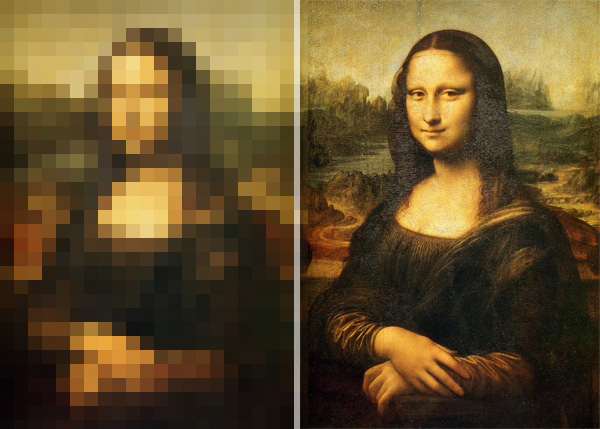New year, new me.
This motto gets thrown around every year, and understandably so. After all, the prospect of a new year is exciting – it’s a time for us to reset, start anew, and shed away yesterday for a clean state. While we usher in the new year with renewed vigour, it’s also another chance for us to strive for progress by reflecting on our past to build a new, but better version of ourselves.
The choices we’ve made will set the tone for years to come, and this is especially true in the design scene. As we look to the trends of 2022, let’s take a step back and review some notable design projects of the past year, and the lessons we can carry forward into our next creative projects.
Seek authenticity, not originality
[Image credit: Dezeen]
When Burger King rolled out their first major rebrand in 20 years, they rediscovered their roots by centring the new visual identity on a previous iteration of their logo first launched in 1969. The revamp took us on a trip down memory lane, leaning heavily on nostalgia with its retro 70s aesthetic.
The new identity evokes a sense of fun while referencing Burger King’s heritage. By finding the perfect balance between the new and the old, the fast food company struck gold — the updated identity was still familiar to their current market, but different enough for new and prospective customers to resonate with. More importantly, it signals a new way of creative thinking.
As creatives, we’re always on the lookout for the next groundbreaking, never-seen-before idea, because we place too much value on originality. Hear me out: originality is overrated. Becoming fixated on being special can impede our attempts at building an authentic brand experience – and this can be detrimental to any branding initiatives.
Burger King’s decision to embrace their heritage allowed the business to go back to its roots, resulting in an instantly authentic connection with their audience that is far more moving.
Read the room
[Image credit: Bloomberg]
The CIA’s graphical rebrand kickstarted the year with a contentious design choice that matches either the aesthetic of an electronic music culture, or a streetwear brand (maybe both). In hindsight, the visual identity with its trendy use of fractal lines and a surprisingly solid typeface demonstrated a genuine effort in staying relevant to a younger, modern pool of recruits. Alas, it was a huge missed opportunity – a sentiment shared by many.
Despite its effort, this was a rebranding effort that missed the mark for trying too hard and straying from its design objectives. For an authoritative organisation, the identity showed a disjointed connection with its younger audience – attempts at referencing ‘cool’ design tropes didn’t quite land, and to the public, the CIA was not accurately presented as a government institution.
Perhaps if they had been more in-tune with their history, or channelled their pop culture references into a grounded creative direction without relying heavily on a graphical approach, the rebrand wouldn’t have felt as out of touch.
Design is responsible for inclusivity
Image credit: UnderConsideration]
There is value in design beyond the aesthetic, and it is our responsibility as designers to ensure our work is accessible to everyone regardless of age, race, disability or other factors. Originally founded in the late 1800’s, Aunt Jemima rebranded to Pearl Milling Company in February 2021. Amidst racial protests and calls to address harmful stereotypes, the PepsiCo-owned brand not only retired its name, but also removed the face of a Black woman on the packaging in an attempt to break away from negative connotations. While the rebranding could’ve also paid attention to the packaging and identity design, this is still a step in the right direction to evolve the brand past its problematic history.
A thoughtful and ethical design culture driven by diverse perspectives ensures a positive and immersive experience for everyone. A great way to start is to consider all forms of human diversity early in the creative process. Reframe accessibility as personalisation, and ensure representation, to set your brand up for success.
As we move into 2022 and beyond, let these notable projects serve as a reminder for us to take every brief as an opportunity to make a change, so that this year will be one full of growth, lessons and challenges that will help us thrive.
Need design guidance? You’ve come to the right place: hello@mutant.com.sg















